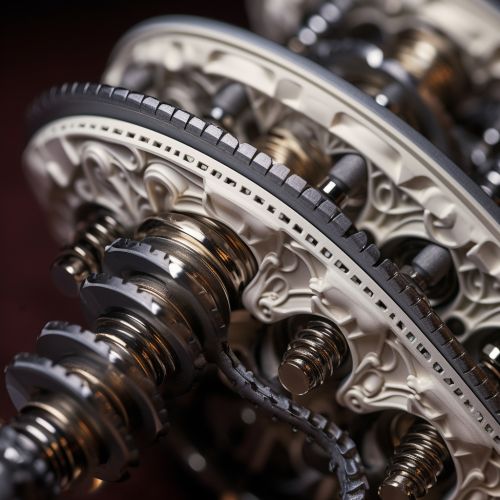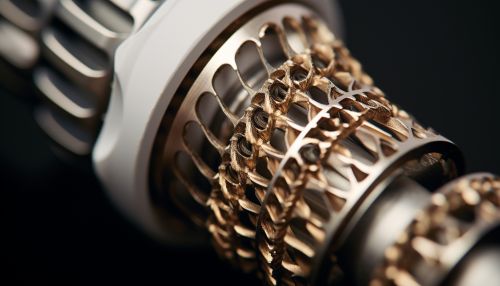Orthopedic Implant
Introduction
An Orthopedic Implant is a medical device manufactured to replace a missing joint or bone or to support a damaged bone. The medical implant is mainly fabricated using stainless steel and titanium alloys for strength and the plastic coating that is done on it acts as an artificial cartilage. Internal fixation is an operation in orthopedics that involves the surgical implementation of implants for the purpose of repairing a bone, a concept that dates to the mid-nineteenth century and was made applicable for mass production by the mid-twentieth century.


Types of Orthopedic Implants
Orthopedic implants can be categorized into the following types:
- Joint Replacements: These are among the most common orthopedic implants. They are used to replace damaged joints, such as the hip or knee, to relieve pain and restore function. Joint replacements can be total or partial.
- Fracture Fixation Devices: These implants are used to stabilize and align broken bones during healing. They include plates, screws, rods, and nails.
- Spinal Implants: These devices are used to treat a variety of spinal conditions, such as degenerative disc disease, scoliosis, and spinal fractures. They include rods, screws, cages, and artificial discs.
- Orthobiologics: These are substances derived from the body that are used to promote healing in bones, cartilage, and soft tissues. They include bone grafts, stem cells, and growth factors.
Materials Used in Orthopedic Implants
Orthopedic implants are made from a variety of materials, including:
- Stainless Steel: This is a very common material for orthopedic implants. It is strong, durable, and resistant to corrosion.
- Titanium and Titanium Alloys: These materials are also commonly used in orthopedic implants. They are strong, lightweight, and biocompatible, meaning they are not likely to cause an immune response.
- Cobalt-Chromium Alloys: These alloys are used for their high wear resistance and mechanical strength.
- Polymers: These materials, including polyethylene and silicone, are used for parts of the implant that need to be flexible or have a smooth surface.
- Ceramics: These materials are used for their hardness and smoothness. They are often used in joint replacements to reduce wear and tear.
Complications and Risks
Like any surgical procedure, the insertion of orthopedic implants carries some risk. These can include infection, implant failure, and reaction to the implant material. In addition, there can be complications related to the surgery itself, such as nerve damage or blood clots. It's important for patients to discuss these risks with their surgeon before deciding on surgery.
Future of Orthopedic Implants
The future of orthopedic implants lies in the development of new materials and designs that can better mimic the natural function of the body's tissues and structures. This includes the use of biocompatible materials that can integrate with the body's tissues, and the development of 3D printed implants that can be custom-made for each patient. In addition, advances in surgical techniques and post-operative care can help to reduce the risks associated with implant surgery.
